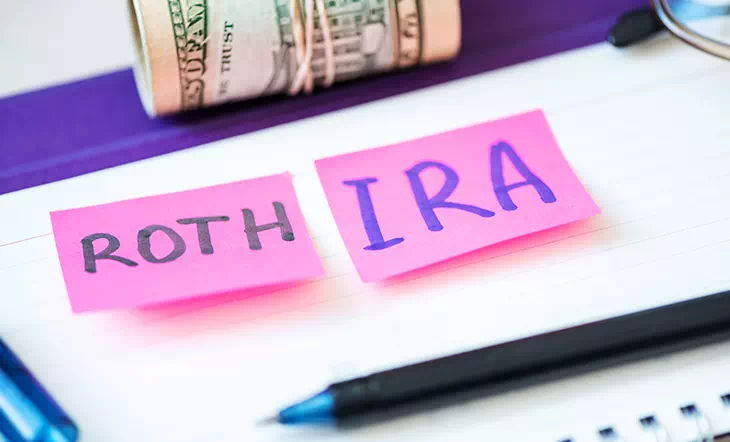Even though Roth Individual Retirement Accounts (IRAs) have been around since 1998, many investors aren’t aware of all the differences between traditional and Roth IRAs. Thus, they aren’t sure which IRA is the better alternative for them. As a summary, the unique features of a Roth IRA include:
- Single taxpayers with adjusted gross income (AGI) less than $95,000 and married taxpayers filing jointly with AGI less than $150,000 can make contributions to a Roth IRA, regardless of their participation in a qualified retirement plan. Contributions are phased out for married taxpayers filing jointly with AGI between $150,000 and $160,000 and for single taxpayers with AGI between $95,000 and $110,000.
- Since contributions are not tax-deductible, they can be withdrawn at any time, even before you turn 59 1/2 years old, without paying income taxes or the 10% federal tax penalty.
- Contributions can be made as long as you have earned income, no matter how old you are.
- Qualified distributions can be taken free of federal income taxes. A qualified distribution is one made after reaching 59 1/2 and at least five tax years after the first contribution. Distributions can also be taken free of federal income tax due to death, disability, or to pay up to $10,000 of qualified first-time homebuyer expenses.
- There are no mandatory minimum distributions after 70 1/2. You can take out as much or as little as you want after 59 1/2, but you can allow the balance to grow on a tax-free basis if you don’t need the money.
- Qualified distributions from Roth IRAs are not included in AGI, so they don’t affect whether Social Security benefits are subject to income taxes.
- Roth IRAs can provide a tax-advantaged way to bequeath assets to heirs. Both traditional and Roth IRAs may be subject to estate taxes, depending on your estate’s total value and who your beneficiary is. However, the beneficiaries of traditional IRAs must pay income taxes on distributions, while Roth IRA beneficiaries receive qualified amounts free of federal income taxes.
So, based on all these unique features, which is a better alternative for you – a traditional deductible or a Roth IRA? Look at these factors before deciding:
- Consider your current marginal income tax bracket and your expected bracket when the funds will be withdrawn. If your marginal tax bracket will be the same, either IRA will produce a similar result. Declining marginal tax rates may make a deductible IRA a better alternative, while increasing marginal rates may make the Roth IRA a better alternative.
- If you make the maximum IRA contribution to a Roth IRA, you will have a larger after-tax balance than making maximum contributions to a deductible IRA. This occurs because you are essentially funding the tax bill with funds outside the Roth IRA. To offset the Roth IRA’s advantage, you would also have to invest the tax savings from your traditional IRA contribution.
- Don’t forget the Roth IRA’s other advantages. If you don’t think you’ll need to make withdrawals after 70 1/2, the Roth IRA can continue to grow on a tax-free basis. Or, if you think you’ll need your contributions before 59 1/2, you can withdraw Roth IRA contributions at any time with no tax consequences.
To learn more about Roth IRAs and how they can fit into a suitable financial plan for your unique financial needs, visit Dash Investments or email me directly at dash@dashinvestments.com.


